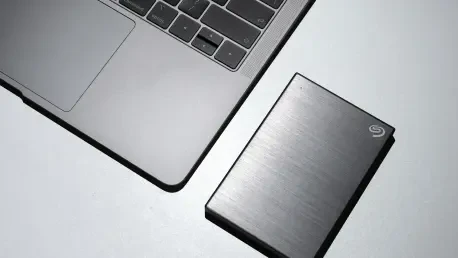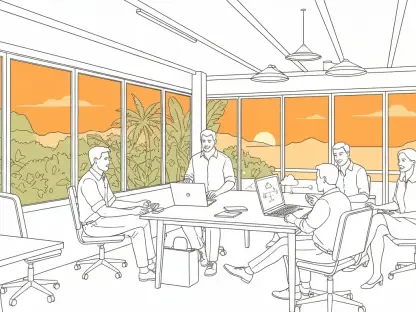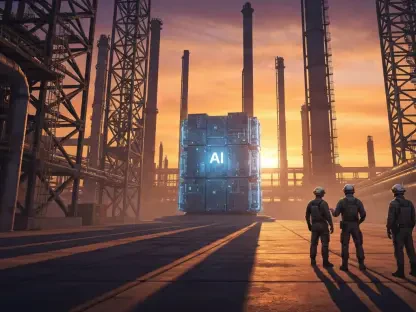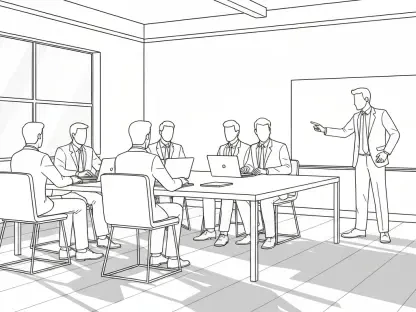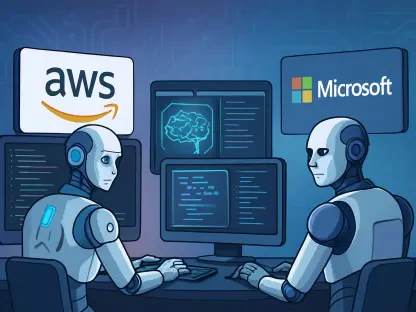In a world increasingly reliant on digital information, solutions to the burgeoning demand for reliable data storage are paramount. Today, technological ingenuity has met this need through the innovative approach of Cerabyte, a pioneering startup based in Germany. Cerabyte has introduced a durable ceramic glass data storage medium, promising to address the growing data storage crisis with unprecedented resilience and longevity. With the digital era demanding ever-more sustainable solutions, ceramic glass technology stands poised to make a significant impact.
The Promise of Ceramic Glass
Durability and Resilience
Cerabyte’s innovation in ceramic glass technology shows promise through its exceptional durability, which far surpasses conventional storage methods. The ceramic glass medium has proven its ability to withstand extreme conditions during rigorous testing. It has been subjected to strenuous trials such as exposure to boiling salt water and high-temperature baking, preserving data integrity where traditional media would fail. This resilience makes ceramic glass an ideal candidate for long-term archival applications, with the potential to effectively store data in various challenging environments.
Long-term Archival Potential
A standout feature of ceramic glass is its projected lifespan, with Cerabyte claiming their medium can retain data integrity for over 5,000 years. This longevity sets a new standard in data preservation, offering an alternative to current methods that require regular data migrations and energy-intensive upkeep. In a time when digital information is indispensable, energy-efficient and long-lasting storage solutions are crucial. Cerabyte’s offering meets these needs, with plans to introduce archival storage at a cost of less than $1 per terabyte available by the end of the decade, reshaping the economics of data storage.
Integration and Industry Potential
Compatibility and Adoption
Cerabyte’s storage medium is designed to seamlessly integrate with existing systems, enhancing the ease of adoption within the industry. This compatibility is vital as it allows businesses to embrace the new technology without incurring additional transition costs or disruptions. While the medium’s durability in adverse conditions is well-documented, Cerabyte has yet to reveal its performance under physical shocks. Nonetheless, the clear advantages in archival longevity and cost-effectiveness promise industry-wide adoption that could redefine data storage practices.
Future of Data Archiving
Industry analysts see ceramic glass as a game-changer, with potential that extends far beyond simple archival storage. The resiliency and economic viability of ceramic glass offer a compelling argument for its widespread adoption. The shift towards more robust and affordable methods reflects a broader trend within the industry that seeks to improve data retention strategies. This consensus highlights ceramics as pivotal for future innovation and progress. Continuous development in this field is essential, as the demand for data storage solutions only intensifies.
Looking Toward Future Developments
In today’s world, where digital information plays a crucial role, finding reliable and effective data storage solutions is more important than ever. Demand for sturdy storage methods is skyrocketing. Cerabyte, an innovative startup hailing from Germany, is responding to this urgent call by unveiling a revolutionary ceramic glass data storage medium. This cutting-edge technology is crafted to tackle the escalating data storage issue by offering unparalleled durability and longevity. As we advance further into the digital era, there’s a pressing need for sustainable solutions to cope with our vast data requirements. Ceramic glass technology offers a promising alternative, poised to make a significant impact in how we store data securely and efficiently. By ensuring resilience against physical and environmental threats, this medium represents a leap forward in data preservation, as it not only meets current needs but also anticipates future demands while championing sustainability in the digital realm.
